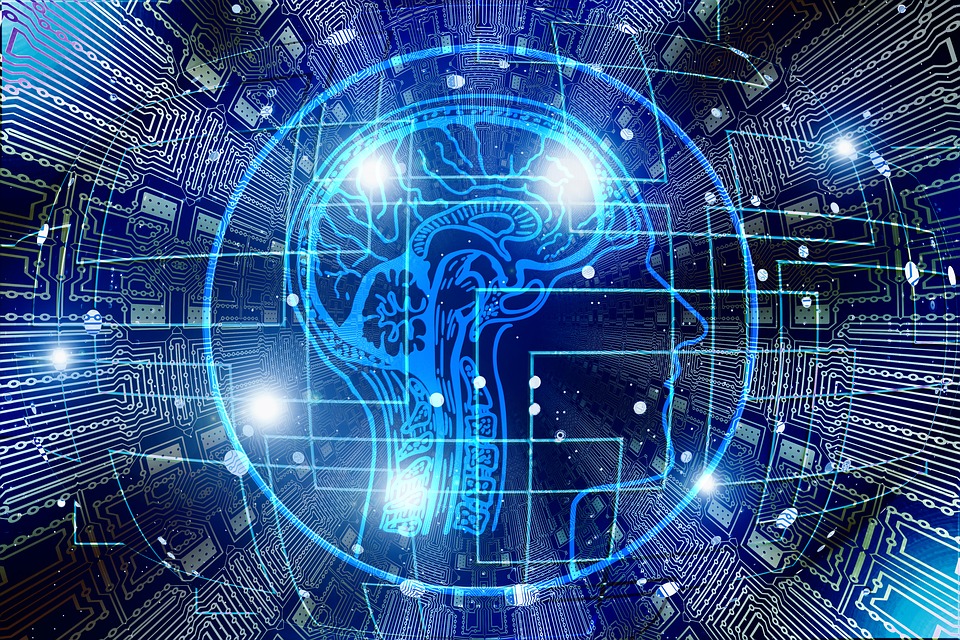I previously wrote about the challenges SAP has been having getting customers to make the switch to the newer technology offerings, and some of the reasons for this reticence.
copyright by it.toolbox.com
 I previously wrote about the challenges SAP has been having getting customers to make the switch to the newer technology offerings, and some of the reasons for this reticence. I also called out the fact that SAP’s next big bet is that AI/ML through Leonardo may be a bit of ‘last ditch’ effort to hold on to and grow their business. In this second part I will explore some of the application options most relevant to ERP and CRM and explain why I think some of the approaches may or may not work.
I previously wrote about the challenges SAP has been having getting customers to make the switch to the newer technology offerings, and some of the reasons for this reticence. I also called out the fact that SAP’s next big bet is that AI/ML through Leonardo may be a bit of ‘last ditch’ effort to hold on to and grow their business. In this second part I will explore some of the application options most relevant to ERP and CRM and explain why I think some of the approaches may or may not work.
When RPA and OCR are suggested as AI applications
When we look at the appetite for artificial intelligence and machine learning in the ERP and CRM space is most often couched in robotic process automation based processes. You’ll see this called out by vendors who offer RPA’s but as is pointed out by William Vorhies in a piece on DataScienceCentral, “RPA at best is a way to coordinate the actions of various AI/ML inputs, and more typically [is] a system of automation driven by ordinary human-defined rules.”
To my mind if you’re a genuine AI/ML developer you won’t credit an RPA as a real application of AI/ML irrespective of what the vendors might say. So I think on face value, while we can say that automation and RPA, in particular, are rule-based and nicely accelerates data collection, management and validation, it isn’t really doing anything except following a tree of CASE or IF… THEN… ELSE… instructions or rules.
In the past life, I have even see OCR models and technology be posited as using AI and ML to improve the quality of the OCR of scanned documents, but even this I am not sure, qualifies as a good example of AI/ML in action.
What is probably most interesting, is where those RPA implementations are being done, almost certainly, some if not all of those ‘could’ be candidates for an AI-based solution that trains itself based on periodic feedback and decisions by real people.
Early application
One of the most obvious approaches that could be considered for Artificial Intelligence has to be around image recognition and category management and classification.Such capabilities have just started to appear in other ERP applications and as such, it is a new phenomenon, but the possibilities artificial intelligence adds to the ERP systems must be said to be unlimited.
Automation of data entry and streamlining task-based workflows are obvious on face-value if we look at those data entry examples they might start with duplicate record checking say for employee record creation based on a profile image.[…]
Thank you for reading this post, don't forget to subscribe to our AI NAVIGATOR!
read more – copyright by it.toolbox.com


I previously wrote about the challenges SAP has been having getting customers to make the switch to the newer technology offerings, and some of the reasons for this reticence.
copyright by it.toolbox.com
When RPA and OCR are suggested as AI applications
When we look at the appetite for artificial intelligence and machine learning in the ERP and CRM space is most often couched in robotic process automation based processes. You’ll see this called out by vendors who offer RPA’s but as is pointed out by William Vorhies in a piece on DataScienceCentral, “RPA at best is a way to coordinate the actions of various AI/ML inputs, and more typically [is] a system of automation driven by ordinary human-defined rules.”
To my mind if you’re a genuine AI/ML developer you won’t credit an RPA as a real application of AI/ML irrespective of what the vendors might say. So I think on face value, while we can say that automation and RPA, in particular, are rule-based and nicely accelerates data collection, management and validation, it isn’t really doing anything except following a tree of CASE or IF… THEN… ELSE… instructions or rules.
In the past life, I have even see OCR models and technology be posited as using AI and ML to improve the quality of the OCR of scanned documents, but even this I am not sure, qualifies as a good example of AI/ML in action.
What is probably most interesting, is where those RPA implementations are being done, almost certainly, some if not all of those ‘could’ be candidates for an AI-based solution that trains itself based on periodic feedback and decisions by real people.
Early application
One of the most obvious approaches that could be considered for Artificial Intelligence has to be around image recognition and category management and classification.Such capabilities have just started to appear in other ERP applications and as such, it is a new phenomenon, but the possibilities artificial intelligence adds to the ERP systems must be said to be unlimited.
Automation of data entry and streamlining task-based workflows are obvious on face-value if we look at those data entry examples they might start with duplicate record checking say for employee record creation based on a profile image.[…]
Thank you for reading this post, don't forget to subscribe to our AI NAVIGATOR!
read more – copyright by it.toolbox.com
Share this: